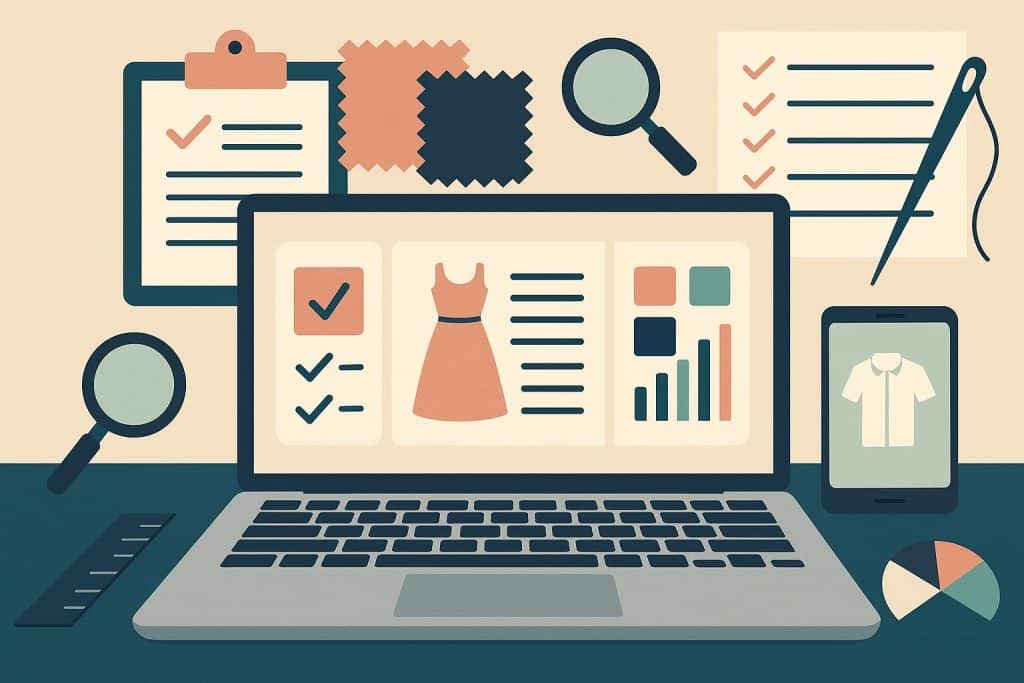Any fashion brand looking to streamline processes and improve efficiency should consider choosing the right Product Lifecycle Management (PLM) software. A good system helps manage designs, production, timelines, and collaboration seamlessly. The market offers many options, but finding the best fit requires careful evaluation of key factors. This article talks about five practical tips for choosing the best PLM software tailored to a fashion brand’s needs.
Prioritize Ease of Use for Your Team
The best fashion plm software must be user-friendly for everyone involved, from designers and developers to managers and suppliers. If the software is intuitive, it reduces training time and lowers resistance from users. Look for clear navigation, simple interfaces, and helpful guides or support. Complex systems that require technical skills may slow down adoption and cause frustration. Ensure the platform suits the skill level of your team for faster implementation and smoother workflows.
Ensure the Software Is Built Specifically for Fashion
Not all PLM solutions cater to the unique needs of fashion brands. It is important to pick software designed with apparel and accessories in mind. Such systems usually cover critical aspects like fabric and trim management, size and color variants, and seasonal collections. Generalized tools may miss these details, which causes gaps in tracking or reporting. Find a vendor that understands the fashion industry’s pace and demands to get the most relevant features.
Look for Fast and Flexible Implementation
The speed of deploying PLM software affects how soon the brand benefits from it. Some solutions offer quick setups and minimal disruption to ongoing projects. Others may require lengthy customizations or complicated integrations. Choose a tool that can be adapted for small or large teams without long delays. Flexibility during rollout allows teams to start using core functions early and add features gradually. This approach also reduces risks and allows the brand to scale its use as needed.
Check for Strong Vendor and Team Collaboration Features
Fashion brands rely heavily on communication between internal teams and external partners. The PLM software should support collaboration by enabling easy sharing of data, documents, and updates. Features like version control, real-time messaging or comments, and role-based access are valuable for maintaining information accuracy. Integration with common tools such as email or design software enhances coordination. Strong collaboration capabilities help avoid misunderstandings and speed up decision-making.
Verify Scalability to Support Your Brand’s Growth
As a fashion brand expands, its PLM requirements will evolve. It is vital to select software that can grow along with the company. Scalability involves handling larger product volumes, more users, additional modules, and new locations without performance loss. Avoid systems with fixed limits that may force costly upgrades or platform changes later. Instead, choose options that offer modular add-ons and flexible license arrangements. This ensures long-term value and maintains continuity as the business progresses.
Choosing the best fashion plm software demands attention to usability, industry focus, implementation speed, collaboration, and growth potential. Prioritizing ease of use can help the brand ensure that team members work efficiently while minimizing errors. Selecting a fashion-specific solution addresses unique apparel development steps often overlooked by general PLM systems. Finally, scalable software protects the brand from outgrowing its system too quickly, enabling smooth expansion.

